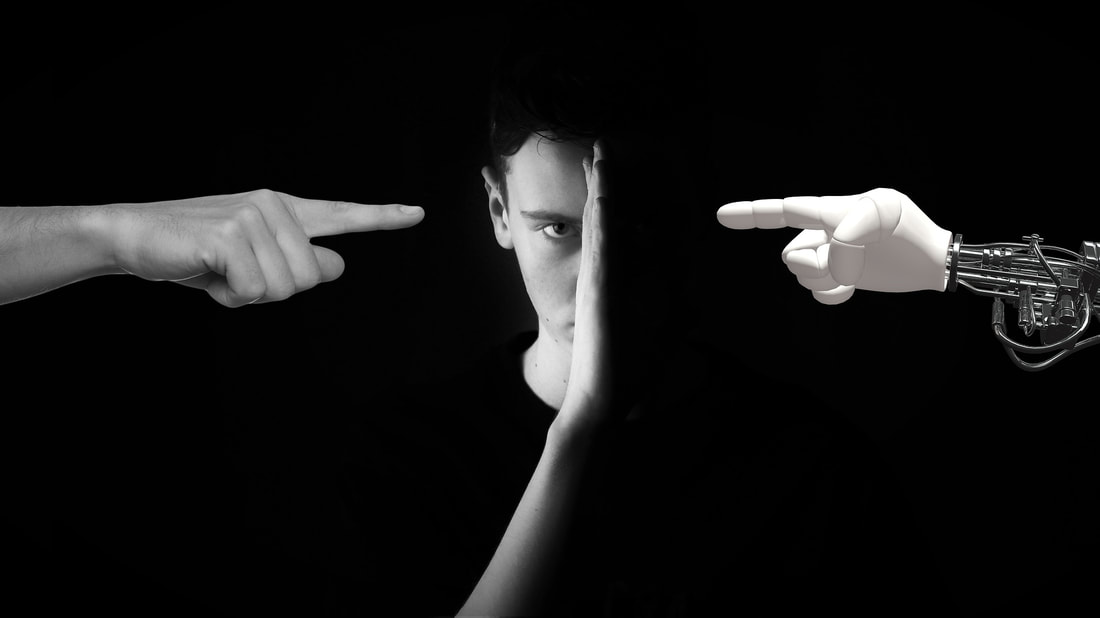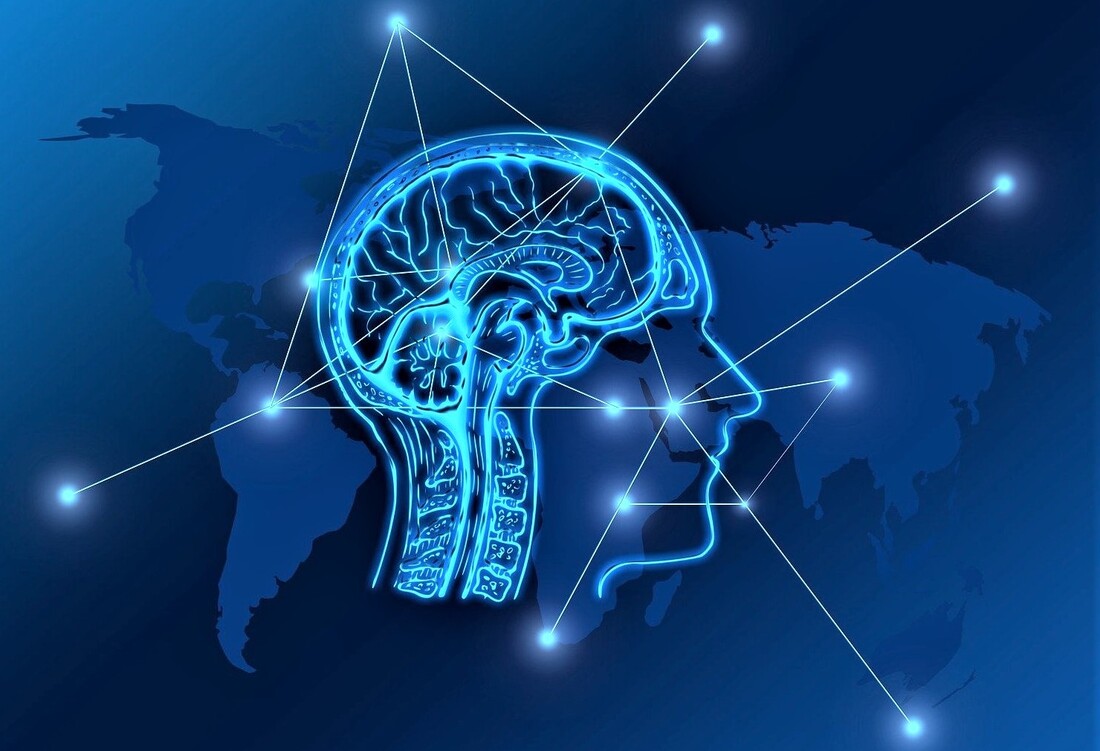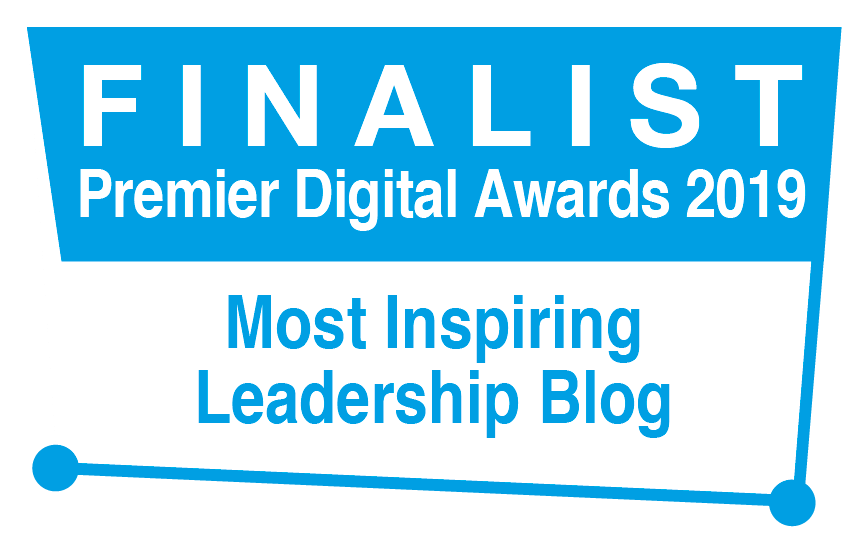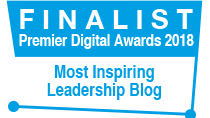|
Dissonance: a deep feeling of tension, disquiet or discomfort if we find ourselves conflicted. It’s most common if there’s a significant gap between what we tell ourselves we believe and what we actually do; or if we feel caught between competing alternatives; or if we have invested significant effort, time and resources into something that now feels wasted.
Here are some examples to illustrate this phenomenon: ‘My boss insists I work long hours if I want to keep my job, yet I believe spending time with my family is most important’; ‘I can see the relative pros and cons of two different job offers, yet I can’t decide which to choose’; ‘I’ve spent the last 5 years working very hard in my job, yet it hasn’t done anything to advance my career.’ If the dissonance feels strong enough, we will usually try to find ways to reduce, resolve or reconcile ourselves to it. We may do this, in the first example, by trying to change something in the situation itself, e.g. by seeking to negotiate a different number or pattern of hours or, if this isn’t possible, by justifying it, e.g. by reassuring ourselves that the long hours of work will benefit the family. In the second example, we may try to reach a decision by shifting the balance, e.g. by seeking to emphasise, to ourselves, the attractive qualities of one alternative and minimise its downsides or, correspondingly, to focus on the costs of the other option and underplay its benefits. It’s a subconscious mental manoeuvre that aims to tip the scales and break the deadlock. In the third example, which concerns a past decision and actions that cannot now be changed, we may find ways to post-rationalise it, e.g. by seeking to redefine the outcome as having in some way benefitted our career after all, or by reframing the experience and focusing on other benefits that, although not directly career-advancing, nevertheless make the investment feel worthwhile. These types of psychological strategies can bring positive mental health benefits such as peace of mind, especially in situations that feel stressful and unresolvable. At the same time, they run risks of avoidance of personal responsibility; diminished sense of agency; defensive behaviour; or failure to pursue more radical options that could create a better, more life-giving and sustainable future. When have you seen or experienced dissonance, and how do you address it?
14 Comments
‘If you don’t stick to your values when they’re being tested, they’re not your values.’ (Jon Stewart)
We sometimes discover what our values are when someone behaves, or something happens, that cuts sharply across them. It can be like a glass filled with liquid that gets knocked. We find out what’s inside when we see what spills out. At times, we’re surprised to find that our true values are quite different to those we espouse or identify with rationally. We don’t just think values. We feel them. Gut level, heart-wrenching feeling. If you don’t feel it when challenged or experiencing a clash, it doesn’t matter enough to you. If in doubt, shake the tree, see what falls and feel it land. Impact. I was sitting in an awkward circle during a coaching workshop. It was one of those activities where a group is placed in a room with no instructions and no guidance, to see what emerges. I felt curious as a conversation gradually unfolded… until, that is, a forceful-sounding man assumed the role of leader and put down a shy-looking woman sitting opposite me. Without thinking, I leapt straight to her defence and challenged the power figure, as if the woman needed saving. The group remarked later on my response – and that’s when I became aware of Stephen Karpman’s Drama Triangle. It wasn’t a rationale that had triggered me but a behaviour that crossed a deeply-held value. That was some years ago now and, although I no longer default to rescue mode, it helps in part to explain why so much of my life and career have been dedicated to international development, advocacy and relief work. I’m a follower of Jesus, I hate that the poor are so vulnerable and I want my life to make a difference. What gets you up in the morning or keeps you awake at night? What are your true values, and how do you know? If push comes to shove, what are the lines that you will not cross? My daughter is a guinea pig. This afternoon in the bright sunshine, I invited her to take part in an experiment. First, we stepped out into the street and, gesturing to a line of cars parked at the roadside, I asked, “If you were to buy a car, what colour would you choose, or definitely not choose?” She answered, “I’d love a white car.” “OK,” I replied, “let’s go for a walk into town and back. Your task is to count every white car that we pass. If you have the same number as me when we get back here, I will give you £10. How does that sound?” She grinned and willingly agreed.
An hour later, we stopped back where we had started and I asked her, “So, how many red cars did you see?” She looked at me blankly. “I didn’t see any red cars. I counted 206 white cars.” In fact, we had passed 93 red cars, yet she had been so focused on the white cars that she hadn’t seen a single one. This simple experiment illustrates an important psychological phenomenon known as selective attention: “The ability to pay attention to a limited array of all available sensory information…a filter that helps us prioritize information according to its importance.” (Bertram Ploog, 2013). Gestalt psychotherapist Geoff Pelham comments that, in any given relationship or situation, we notice who or what matters most to us (The Coaching Relationship in Practice, 2015). This idea of who or what matters most reflects beliefs, values and emotions. In this exercise, my daughter was influenced and motivated by her beliefs (that this experiment would serve some useful purpose), values (the prospect of a £10 reward) and emotion (her choice of a colour she likes). These factors combined to ensure concentration on a task (counting white cars) that required selective attention. Why is this insight significant in our work with people? The principle extends beyond literal-visual perception to deeper psychological processes too. Our beliefs, values and emotions subconsciously influence our focus and act as filters. We construe personal-shared narratives based on what we perceive. Such narratives appear to us as-if reality, as-if totality, and often without any awareness of who or what we have excluded. As such, narratives always point to and reveal, implicitly, who and what matters most to a person, group or culture, rather than to a definitive account of reality per se. A key question is, therefore: who or what are we, and others, not-noticing? If we can enable a shift in perception, a re-shaping of a narrative, what then becomes possible? Interested to do further reading in this area? See: The Art of Looking: Eleven Ways of Viewing the Multiple Realities of our Everyday Wonderland. ‘Should I stay or should I go?’ (The Clash)
Buridan’s Ass: a paradox in which a hungry donkey finds itself standing precisely midway between two identical stacks of hay. Vacillating with indecision because there are no grounds for choosing a preferred option, the poor donkey starves to death. Whilst often used in philosophy to debate issues of free will vs determinism, this allegory also serves as a graphic illustration of ambivalence. ‘Ambivalence is simultaneously wanting and not wanting something, or wanting both of two incompatible things…Take a step in one direction and the other starts looking better. The closer you get to one alternative, the more its disadvantages become apparent while nostalgia for the other beckons.’ (Miller, W. & Rollnick, S., Motivational Interviewing: Helping People to Change, 2013). We may experience this tug-of-war viscerally when faced with important and equally-compelling choices between X and Y in, say, relationships, careers or other significant life decisions. We may, likewise, experience a paralysis of analysis, a type of over-thinking if multiple options are available to us yet with no unequivocally-convincing reason to choose one course of action over another. Ambivalence can leave a person procrastinating, ineffective, drained and frustrated. It’s as if relative pros and cons balance out and leave us stuck. So how to break the deadlock and enable a change? Here are some ideas. 1. Enable a person to step back from the immediate decision to see a bigger picture. ‘What’s more important here: to make a choice, or to choose one option over another?’ 2. Ask the person: ‘What’s your intuition or gut instinct telling you, irrespective of whether or not you can see a rationale for it?’ 3. Help the person to explore different and broader perspectives: ‘Which option would e.g. God, your CEO, your team, your family or yourself 5 years from now, prefer you to take?’ 4. Support and challenge the person to take a decision and to stick with it. How do you deal with ambivalence? Do you feel stuck? Get in touch! Better to be on the edge than on the fence? There are times and places where diplomacy is the best option. There are, too, roles and situations in which a degree of neutrality is essential to enable a successful outcome. Coaching, mediation, group facilitation and process consultation are good examples. To become too embedded or embroiled is to lose the value that relative independence can bring. Yet, in spite of this, the most radical change often takes place at the bleeding edge.
What does that mean? At times it’s about leadership, taking a firm stance based on our beliefs and values, no matter how unpopular that may be or make us. This sometimes involves taking a counter-stance to prevailing received-wisdom, culture and norms. We associate various graphic metaphors with this approach, e.g. cutting edge; cut-through. The bleeding can result from the reaction, the push-back, the potential personal and professional cost. To take a stance can be and feel bruising. At times it’s about being authentic, congruent and revealing our proverbial cards. ‘This is my stance on this issue. Let’s discuss how we can manage the boundary together so that it works positively for our relationship’ is very different to, ‘I don’t have a view on this’ or, ‘I don’t want to reveal my stance in case it impacts negatively on our relationship.’ The former can build trust; the latter may leave a person or a group suspicious or unsure. In my experience, this can be a sharp edge to negotiate. How do you handle disclosure and stance in your professional relationships? How close do you get to the bleeding edge? Running for the school bus every morning felt like hard work. I don’t know why I didn’t just get up a bit earlier but, hey, I was a teenager. I remember vividly having my attention caught by a programme on TV featuring Timothy Gallwey and his revolutionary idea of The Inner Game. I think it served as an introduction for me to the world of psychological insight. I practised his idea, focusing away from the activity itself onto something else as a distraction, and the running became smoother, easier.
Some years later, the UK’s Guardian Newspaper ran an advertisement on TV, Point of View, that challenged perspective and interpretation. It invited viewers to re-think their own ways of making meaning of events, including the implicit risks of assumptions and prejudice. I found the ad’s message simple yet profound. It was at a time when the need to question everything was already pulsating through my own mind, within a prevailing culture that seemed to question far too little. Later still, I saw a psychology experiment on TV, The Invisible Gorilla, by Christopher Chabris and Daniel Simons, designed to test selective attention. The narrator invited viewers to try the test for themselves by watching a short video clip with specific instructions to follow. She also suggested that viewers record it so that they could play it back afterwards. I dutifully followed the instructions and was so completely astonished by the results that I did play it back to check if I’d been tricked. Such influences, among others which now included my Christian faith, drew me into the professional fields of psychological coaching, training and organisation development (OD). I continue to be curious, intrigued and amazed by the dazzling weirdness, complexity and potential of people, teams, groups and organisations, and by different cultures. I hope and pray I will never lose that sense of wonder. Who or what have been the earliest or greatest influences on your life and career? |
Nick WrightI'm a psychological coach, trainer and OD consultant. Curious to discover how can I help you? Get in touch! Like what you read? Simply enter your email address below to receive regular blog updates!
|









 RSS Feed
RSS Feed